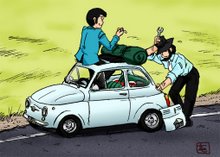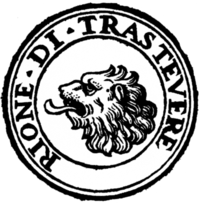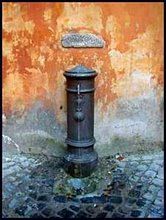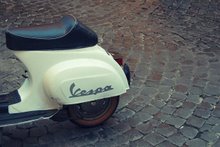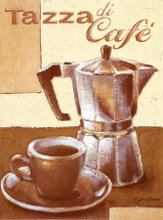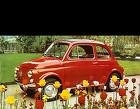
“
Ferragosto”
is a popular midsummer holiday which coincides with the religious feast of the Assumption of Mary into heaven celebrated on August 15.
The most ancient origins of this event are recognized in the so called
“Consualia” from the latin
“Conso” god of the stored harvest. In the ancient roman times, during this day, people used to exchanged gifts with the hope of having
“Bonas ferias consuales” (a sort of have a "prosperous year").
The name of the month "August" has its origin in the ancient rome back to the Emperor Caesar Augustus, this month was infact dedicated to him and the wish “
Bonas ferias consuales” changed its formula in “
bonas ferias augustales”, our modern "
Buon Ferragosto !!".
It was the emperor's decision to combine in a single summer festivity a whole complex of festivities so called
Feriae Augustii or
Feriae Augustalis.
Subsequently, the
Midsummer Feast taken a predominantly religious fold. On this occasion many spectacular processions were held during the night, an old image of the Savior was transported in the old city of Rome from the chapel of San Lorenzo in Laterano, today inside the sanctuary of
Scala Santa, to the basilica of Santa Maria Maggiore. The image of Christ proclaimed "Acheropita" (not painted by human hand but, according to tradition, by angels) was taken by the Pope in person in the evening of August 14, placed on a canopy and transported all around the old city in the light of torches.
The procession was deleted around the second half of the sixteenth century (1550).
Subsequently, the Roman Ferragosto was linked to profane rituals such as racing horses, fighting bulls. There were also games, particularly uncivilised, as the "strappacolli alli paperi" (strangle the duck) which were abolished by Pope Innocent XI, in 1681.
Bonas Ferias Consuales !!
BUON FERRAGOSTO A TUTTI !!!!
Bonas Ferias Augustales !
HAVE a GOOD MIDSUMMER FEAST !!

































